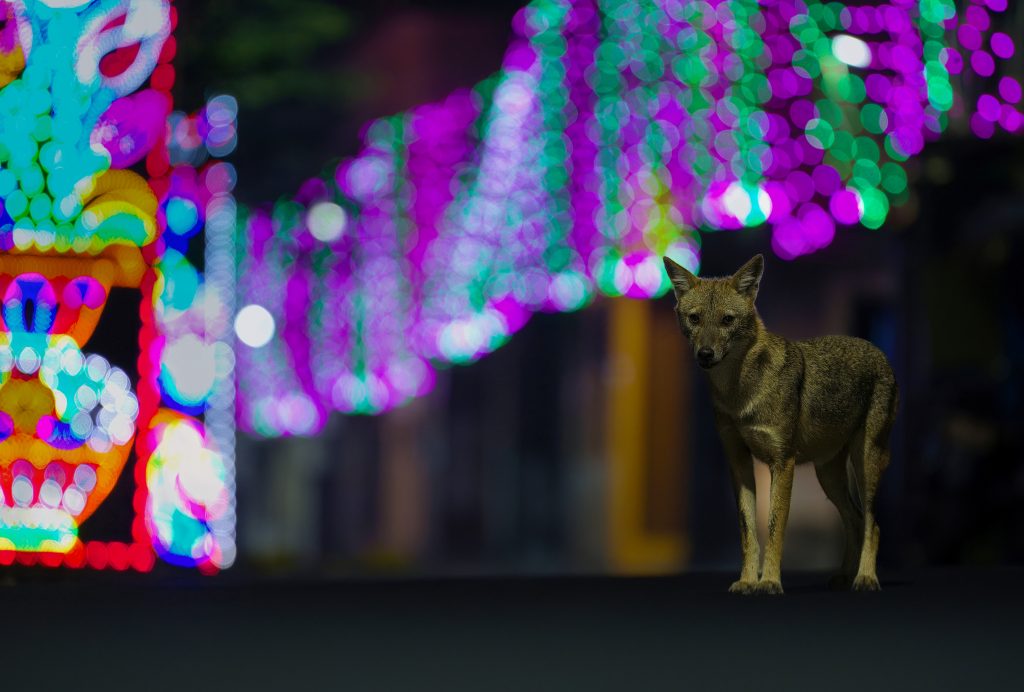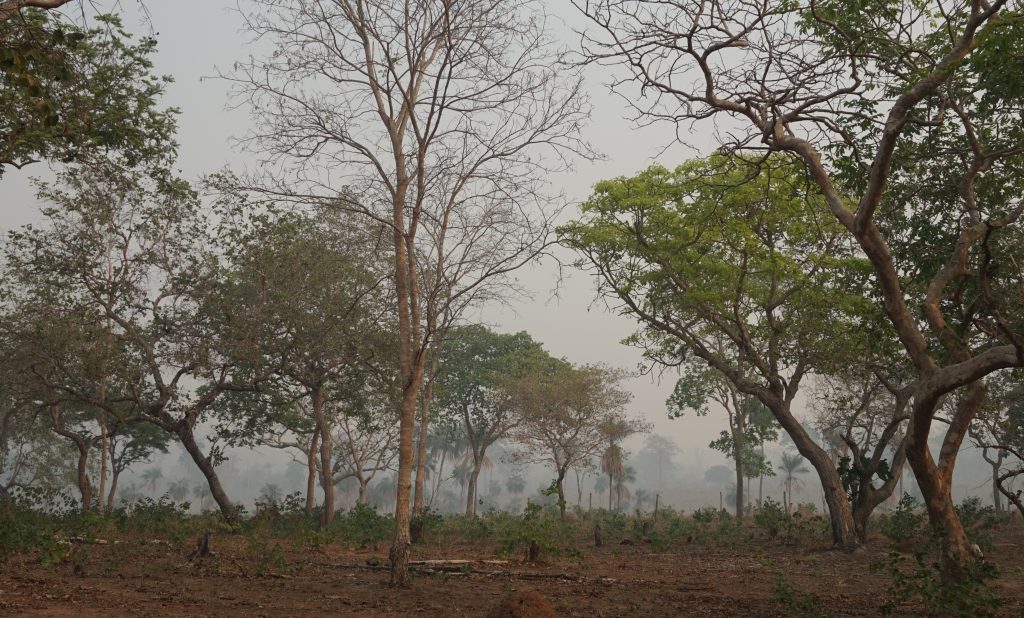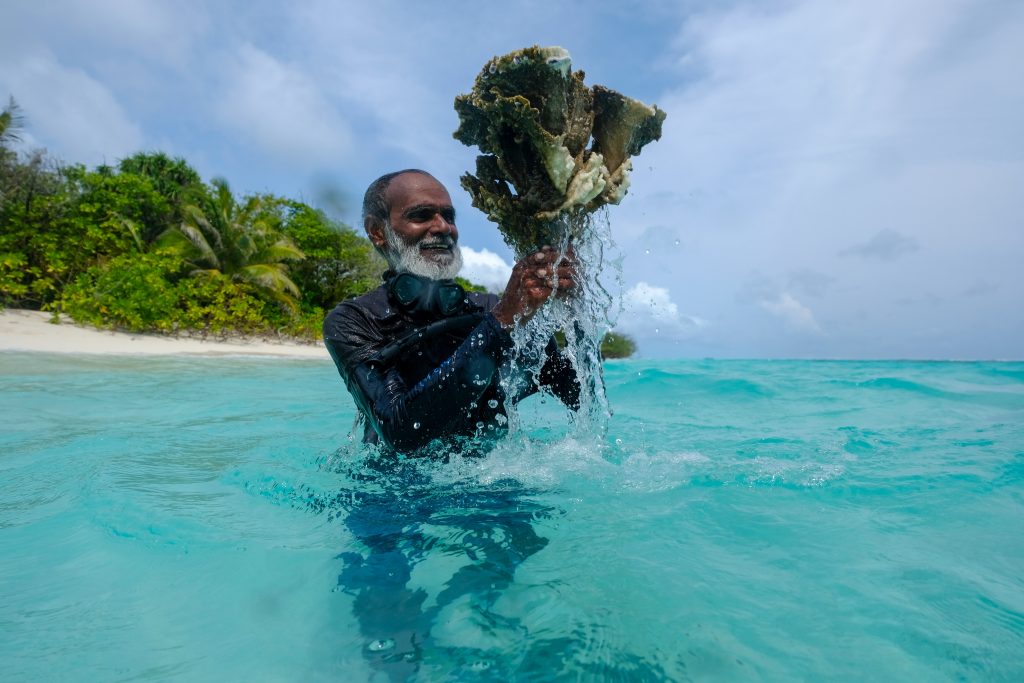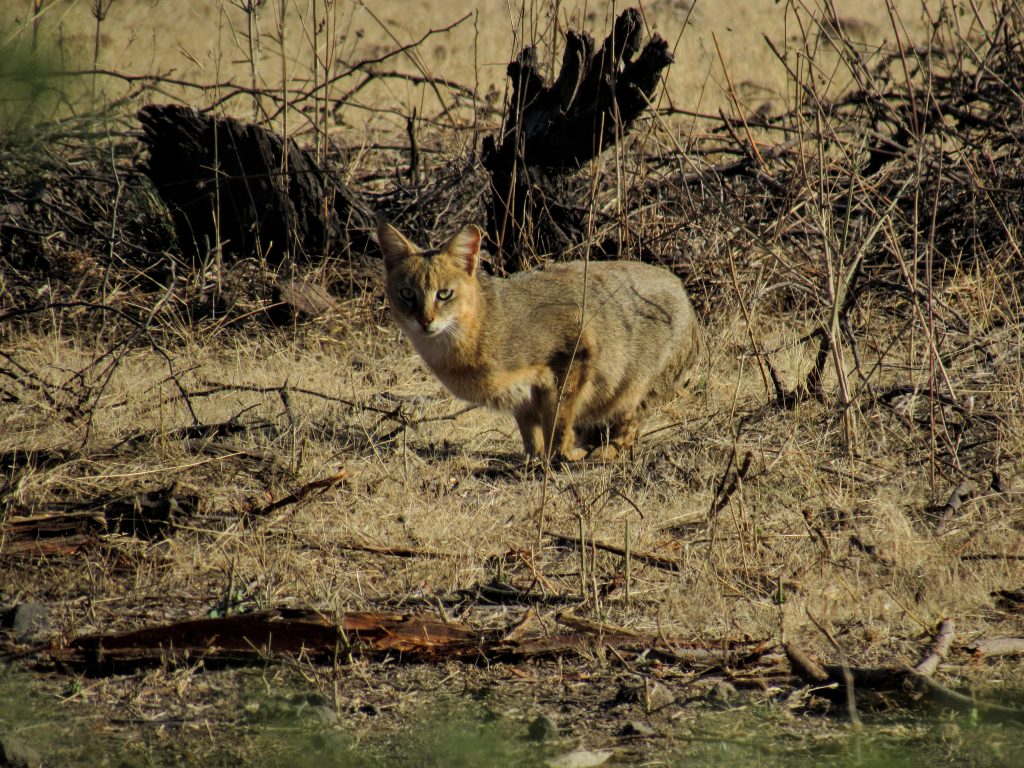Feature image: It is only under artificial light, at relatively close quarters, that the true colours and patterns of this humphead ‘Napoleon’ wrasse (Cheilinus undulatus) become visible. This species is the largest in the family of wrasses. The males grow larger than females, capable of reaching up to 2 meters and weighing up to 180 kg. In some parts of the world, Napoleon wrasse become very accustomed to divers and can display a great deal of curiosity. This photograph was taken with the specific intention of being able to scrutinize the structure and patterns of the face and pectoral fins of this gorgeous fish. Maldives.
I spend a lot of time looking at fish. I also spend a lot of time talking to people about fish. And while I can move a listener with stories about cleaning stations or being surrounded by enormous schools of vibrant creatures, I often feel that the allure of the individual fish is either inexplicable or lost in translation.
There are a couple of reasons for this. It is difficult for divers to make a close and unhurried observation of constantly moving subjects that often swim away from us. And the full spectrum of colour disperses quite quickly the deeper one goes, giving everything underwater a muted cyan tinge.
This is where the medium of photography comes into play. Using an artificial light source brings back the spectrum of colours that otherwise disperse underwater due to refraction. Taking close-up photos of fish with artificial light helps to freeze a constantly moving subject, while also highlighting all its hues and patterns. This then allows me to take my time marveling at their faces, fins, and scales on my computer screen. In doing so, I have learned a great deal, and constantly find a renewed appreciation for them. This photo essay is a celebration of the diversity of colours and forms in the world of fish.

I lit this image so as to highlight not just the extraordinary spiky shape of this ornate ghost pipefish (Solenostomus paradoxus), but also its translucence. Adults that have recently settled on the reef from their pelagic—free swimming—larval phases are smaller and more transparent than adults that have had some time to mature. This individual was somewhere in the middle of that transition. Maldives

This juvenile spotted drum (Equetus punctatus) will change quite significantly in its journey to adulthood. Many juvenile fish look very different from their adult counterparts. This is part of their strategy to avoid predation. It includes disruptive camouflage with weird shapes, colours and patterns, as well as mimicry of poisonous flatworms and other inedible marine creatures. Photographs allow us to marvel at the extent of the transitions between juveniles and adults in a way that is almost impossible to do while diving. Turks & Caicos Islands, British Overseas Territory

Arguably, all frogfish are extraordinary in their use of varied camouflage as an ambush strategy. This hairy individual was one of my favorites. Unlike the sponges or seaweed that frogfish often camouflage close to, this fish and a couple of others were clustered around a pile of algae-covered ropes and buoys at an underwater mooring surrounded by sand. If it hadn’t been for the local divemasters who knew where to find them, I would have swam past this spot with barely a second glance. Mabul Island, Malaysia.

The coral grouper (Cephalopholis miniata) has a wide distribution in the Indo-Pacific and parts of the Atlantic. In a rare happenstance while diving in underwater caves across the region, I noticed that the bubbles from my breathing apparatus had collected at the roof of the cave to form a mirror of air. A grouper positioned directly below it was reflected in the mirror, leading to this incredibly lucky image. From a couple of similar encounters during this time, I learnt that these fish were opportunistic individuals, who had realized that exhaled air bubbles reaching the roof of the cave disturb a variety of small creatures. This particular grouper waited, often quite close to my head, and quickly picked off any small crustaceans that were displaced by the expanding ceiling of trapped air. When it occurred to me that this individual was not simply posing for me but instead using me to get an easy meal, I left the cave. Lakshadweep Islands, India

Lizardfish are very common on most tropical reefs and are formidable predators along the seafloor in areas with coral and sand. Some of them bury most of their body in the sand and sit with only their eyes and their mouths out. They ambush other fish that swim nearby with their quick movement and sharp teeth. Andaman Islands, India.

The fish in this photo is a goby. Gobies in general are benthic – living in burrows in the sand or reef. This individual, a kind of partner goby, seeks out the burrow of a shrimp that it can collaborate with. The gobies great eyesight keeps the pair safe from predators, like creeping flounders. And the poor-sighted shrimp’s ability to dig and maintain a burrow gives the goby a home that it would not be able to make on its own. Communicating by touch, the shrimp keeps an antennae in constant contact with the goby. The fishes movement, agitated by the approach of a threat, warns the shrimp to retreat into the burrow. It took me three days of acclimatizing this goby to my presence that finally allowed for what is one of my most intimate portraits of these two symbionts. Lakshadweep Islands, India.

Sometimes a photograph must be taken just to marvel at the subject. Especially subjects that are always on the move, making the observation of details all the more difficult. When I zoom into this photo of a grey angelfish (Pomacanthus arcuatus), I get lost in the patterns on its body. This beautiful fish is found in the western Atlantic, all the way north from New York (during the summer months) across the Caribbean Sea to the coast of Brazil. Turks & Caicos Islands, British Overseas Territory

In as much as many of us romanticise the gaiety of tropical coral reefs, life down there can be brutal. Parasitism is more common than most of us know, simply because many fish parasites hide under the scales and gill filaments or within the bodies of their hosts. Some copepods and isopods, like the one pictured here, remain attached to the outside of their hosts and are large enough to be clearly visible. This isopod on the cheek of this Coral Cod gets its nutrition from feeding off the blood of its host. In many such instances, the host is prone to experience fatigue, lethargy and weight loss – conditions that make it easy prey for predators on the reef. Turks & Caicos Islands, British Overseas Territory
Author & Photographer Umeed Mistry





